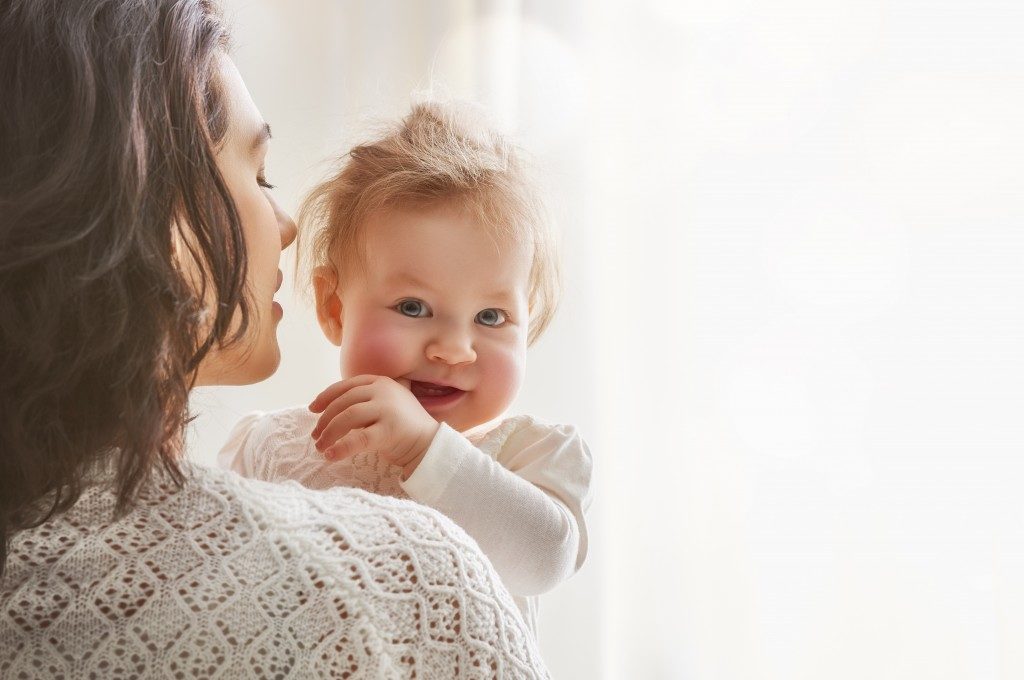Few things in this world are as perfect and smooth as your baby’s skin. However, because it’s delicate and tender, this unblemished skin could also be susceptible to nappy or diaper rash, which is a mild irritation that results in redness and soreness in the nappy area.
The majority of nappy rash cases are due to excess friction and moisture, as these can break down the skin’s natural protective barrier and makes it red and raw, particularly if there is friction. But while nappy rashes are generally not serious, they can cause extreme discomfort for your little one. Fortunately, you do have some options to treat it.
Common Warnings Signs of Nappy Rash
In most instances, a nappy rash develops in older babies aged nine months and older simply because older babies tend to urinate more, and in turn soaks the diaper and traps moisture in. Additionally, older babies usually have begun eating solids. The various acids in their urine could cause an itchy rash. Usually, this rash is marked by redness and some scaling and typically develops in the areas where the nappy touches the baby’s skin, but could also spread to adjacent areas. In select instances that infection sets in, the rash will turn an even brighter shade of red, more swollen, and can spread past the original site.
When It Might Be More Than Just a Nappy Rash
If the nappy rash is a very bright red and accompanied with bumps, your baby might have a yeast infection. If there’s pus too, the baby might have a bacterial infection. In both cases, the irritation is also persistent and won’t go away with typical nappy rash remedies. In any case, you have to visit your doctor as soon as possible to get an accurate diagnosis and prompt treatment.
How to Prevent and Treat Nappy Rash

The most effective way to prevent a nappy from developing is to change your baby’s nappy before it gets soaked and wash your baby’s bottom with warm water and mild cleanser. If a rash does occur, consider these remedies:
1. Keep your baby’s nappy dry. This means changing it frequently and using extra absorbent nappies, particularly if your baby wears cloth nappies. Apply an ointment or rash cream such as Cherub rubs skin balm to act as a barrier against excess moisture and friction.
2. Consider trying other disposable nappy brands. Some brands have certain perfumes and chemicals that don’t agree with some babies. This also applies if your baby wears cloth nappies. Allow your baby to go nappy-free even for a couple of minutes a day so that air can naturally dry out the area. Doing so would likewise give your baby some comfort and help prevent the development of rashes in the future.
Don’t forget to keep a close eye on your baby’s rash. Make sure to change them frequently, and use oil as a protective cream on your baby’s skin. If you’ve tried all home remedies and the rash persists or worsens, get your baby to the doctor immediately.
